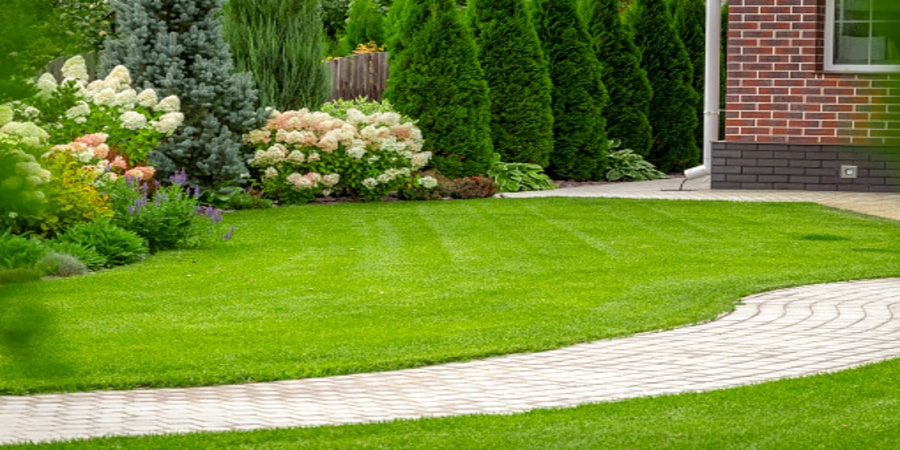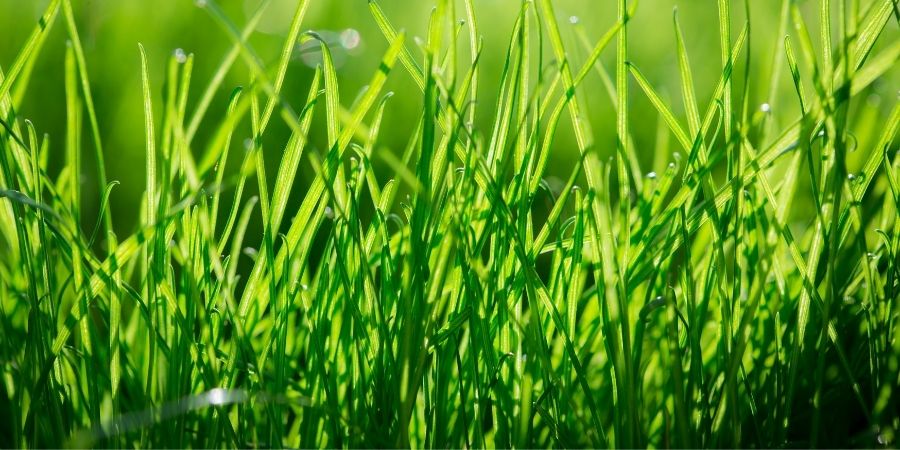What Shouldn't I Do to My Lawn in Summer?
- Milorganite AgronomistJune 7, 2025
The heat of summer is here and it’s the season for your lawn to flourish. There’s plenty to do in your yard and garden this summer, but there are also things you shouldn’t do. You may think you’re doing your lawn a favor, but it could actually be detrimental.
Here are several things to NOT do that will help maintain a healthy lawn. Although you may have been tempted, just don’t do it!
Can I mow with dull mower blades?
Dull blades can damage grass, making it more susceptible to diseases and pests. Sharp mower blades cut grass blades cleanly, allowing them to recover more quickly. Sharp blades also improve your mower’s efficiency by using less fuel.
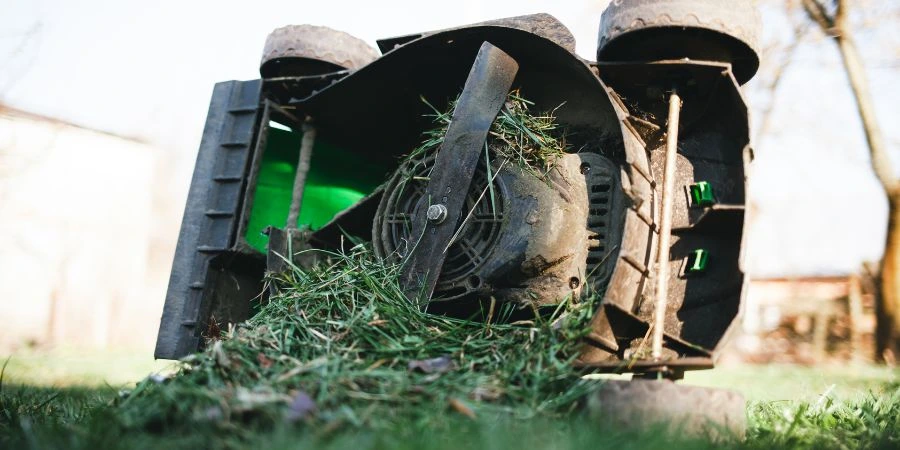
Can I mow my lawn when it's hot out?
Do NOT mow your lawn at high-noon. It’s too hot for your lawn and probably you, too. The heat exposes the freshly cut leaf blades to even more stress from excessive summer heat. Mow your lawn late-afternoon or early-evening when the sun and heat isn’t at its peak.
Don’t scalp your lawn with the mower.
Cutting your lawn too short is always bad for your lawn, but it’s particularly problematic in the heat of summer, especially in drought conditions. Cutting the lawn too short adds to heat stress and exposes bare soil for weed seeds to establish. Shorter grass means more shallow roots, which reduces the vigor of your lawn. Never remove more than one-third of the grass blade when mowing and mow to the proper height for your type of grass.
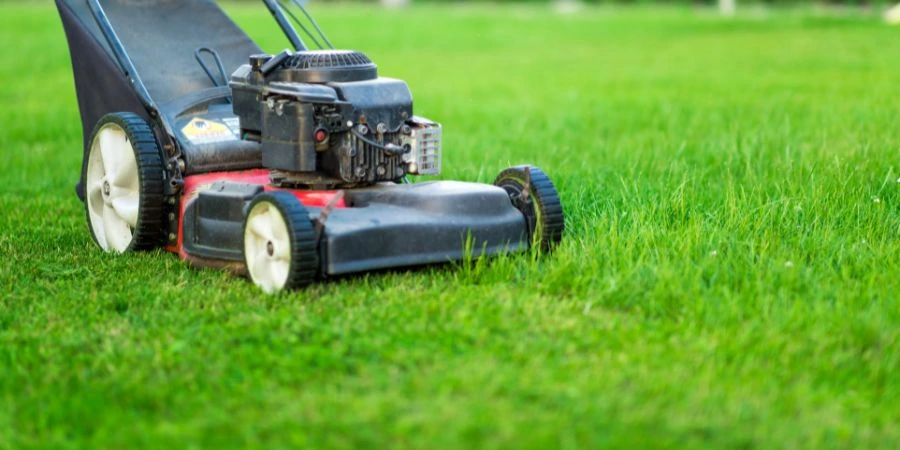
Don’t remove grass clippings.
There are several benefits to leaving clippings on the lawn. Leaving them in place provides nutrients to the soil and can reduce the amount of fertilizer used every year by up to 25%. Clippings also help retain moisture and keep grass roots cooler.
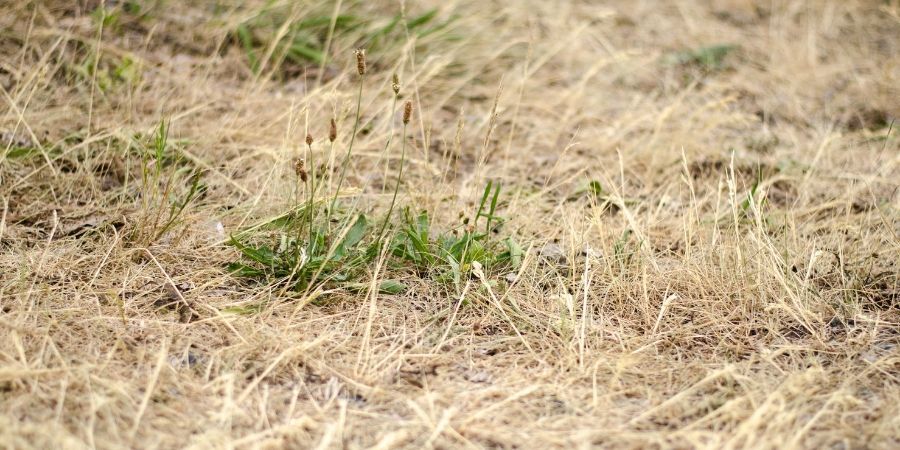
Don’t water your lawn during the hottest part of the day.
Just like mowing, don’t water during the hottest part of the day when most of the water will just evaporate. Don’t water in the evening either. A wet lawn is more susceptible to diseases. Water early in the morning, which allows the lawn to dry out. Lawns generally require 1” of water per week. Check first to see if your lawn is ready for a drink.
Should I water a lawn in drought?
Extended, excessive dry, hot weather can cause lawns to go into a drought-induced dormancy turning it brown and dry. Dormancy is turf’s natural coping mechanism. A healthy lawn can tolerate drought conditions for about 3–4 weeks. Allowing it to stay dormant is healthier rather than watering occasionally then stopping,
If drought conditions last much longer or if the lawn is beginning to show an almost grayish-purple color, an indication that it’s beginning to die, it’s time to take action. Your lawn will need to be re-hydrated to keep it alive. Follow our guidelines for watering deeply and infrequently to keep your lawn alive.
Don’t apply herbicides when it’s too hot.
There are two reasons to not apply herbicides during hot or drought conditions: it may burn your lawn and it’s not as effective. Herbicides are temperature-sensitive and should only be applied during weather conditions recommended by the manufacturer, which is often includes temperatures under 85F. If applied during hotter conditions, it may burn your lawn.
Herbicides can often be less effective in drought conditions. Weeds are growing more slowly and have their own defenses against drought. The herbicide may not be as readily taken-up as it would during average summer weather.
To be safe, wait until after the excessive heat or drought is over to apply an herbicide. Don’t forget to read herbicide labels carefully and follow manufacturer instructions for application.
Don’t fertilize to solve unknown lawn issues.
Don’t start dumping more fertilizer or chemicals on your lawn if it’s showing signs of stress or disease. Don’t assume something is “wrong.” It could just be the weather!
To maintain a healthy lawn, take a step back, do a little detective work and then decide on the best solution. Here are a few things to consider: Is the lawn going dormant? Is it yellowing because of excessive rain? Is it a disease? Is it a pest? None of these problems will be solved by applying more fertilizer.
When it is time to fertilize, use a natural, slow-release fertilizer like Milorganite. It’s safe to apply, even during drought conditions. The salts in chemical-based, synthetic fertilizers can dry out leaf blades and turn your lawn brown. Milorganite won’t burn your lawn and will start releasing nutrients only when conditions are right, which includes having enough moisture.

